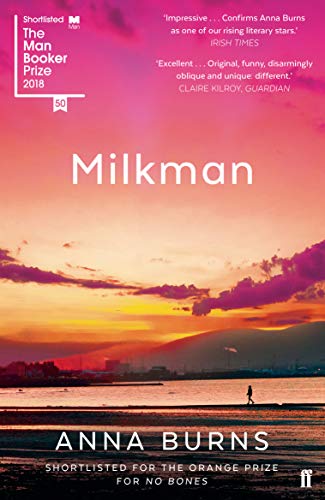I feel it’s necessary to start this review with a plug for the wonderful ‘Frankenstein in Baghdad‘ if only because otherwise I’m going to spend the whole post referring back to it. If you haven’t read ‘Frankenstein in Baghdad – you must. It is a near perfect novel taking the original monster to places so far beyond the original, telling a uniquely Iraqi story which I like to think Mary Shelley would have loved as much as I did.
‘Frankissstein’ is yet another dazzling embodiment of the versatility of Shelley’s classic Gothic horror. As you would expect from the fiercely ambitious and unconventional pen of Jeanette Winterson, it plays with the source material, contorting it into new shapes and meanings, while lovingly honouring the creation and messages of the original. Thus we open in 1816 on a rainy holiday with Mary Shelley, her bohemian companions and an exploration of the epigram ‘Reality is water-soluble‘. The famous story-telling takes place within an almost apocalyptic storm, a second flood from which a new kind of person could arguably emerge.
The novel doesn’t stay with Mary Shelley however, instead it jumps nimbly to other equally creative iterations of this founding myth. There’s a lot of fun in following transgender transhumanist Dr Ry Shelley (‘I’m here to consider how robots will affect our mental and physical health‘) and Professor Victor Stein (‘I called this lecture The Future of Humans in a Post-Human World‘) as Winterson brings an acutely 21st century lens to the enduring themes of the source material. Maybe others have read the original novel and immediately considered how it relates to Evangelical Christianity, sex-bots, and developments in Artificial Intelligence. Personally, I needed Winterson to open my eyes to the possible outcomes of Shelley’s first monstrous creation.
With its fast-flowing jokes, madcap plot and terrifying implications, there is no way to do justice to ‘Frankissstein’ in a short review. In any case, I really wouldn’t want to, to explain would be to shut down and I loved going into this book with no clue beyond the title as to what it would contain. The title and the author that is, because ‘Frankisstein’ is a novel to delight Winterson fans as much as it will anyone obsessed with the complex brilliance of the novel that started it all.

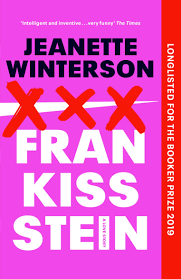

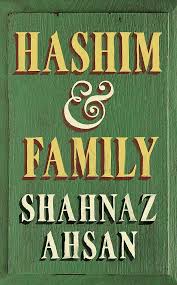
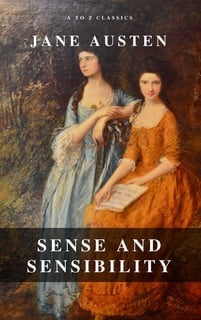
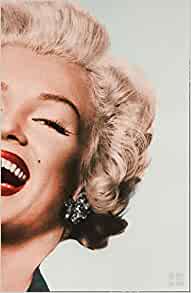


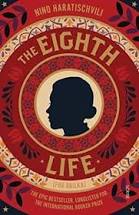
 I read Stephen King’s ‘The Stand’ last summer. Even under normal conditions it’s a book to make you paranoid about every cough or fever. In the tour-de-force opening section, a deadly, highly-contagious flu virus ravages society, spreading swiftly and uncontrollably until the whole world seems consumed. The book (hopefully) loses some of its resonance in the aftermath sections, but if you like to keep your escapism close to home, this may be the perfect time to get started with King’s 1970s doorstop.
I read Stephen King’s ‘The Stand’ last summer. Even under normal conditions it’s a book to make you paranoid about every cough or fever. In the tour-de-force opening section, a deadly, highly-contagious flu virus ravages society, spreading swiftly and uncontrollably until the whole world seems consumed. The book (hopefully) loses some of its resonance in the aftermath sections, but if you like to keep your escapism close to home, this may be the perfect time to get started with King’s 1970s doorstop. For something a bit more contemplative, ‘The Magic Mountain’, follows an individual though luxurious isolation in an early twentieth-century TB sanatorium. Think lots of big dinners, long naps and absolutely no responsibilities. Our hero is kept busy by musing on life and through being a metaphor for modern man and society. I have a huge fondness for this book (you can read a more detailed review
For something a bit more contemplative, ‘The Magic Mountain’, follows an individual though luxurious isolation in an early twentieth-century TB sanatorium. Think lots of big dinners, long naps and absolutely no responsibilities. Our hero is kept busy by musing on life and through being a metaphor for modern man and society. I have a huge fondness for this book (you can read a more detailed review 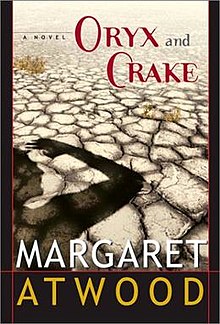 Oryx and Crake takes us into speculative fiction. In 2003,
Oryx and Crake takes us into speculative fiction. In 2003,  For a look at institutionalization and paranoia about isolation from society, the enduring classic is ‘One Flew Over the Cuckoo’s Nest’. The novel’s characters have to navigate fear of the outside world with difficulties when living under lockdown. If you sympathise, this may be the book to help you explore any feeling of impotence and anger, both at individuals and with those who have the power to mandate lockdowns. Or maybe not.
For a look at institutionalization and paranoia about isolation from society, the enduring classic is ‘One Flew Over the Cuckoo’s Nest’. The novel’s characters have to navigate fear of the outside world with difficulties when living under lockdown. If you sympathise, this may be the book to help you explore any feeling of impotence and anger, both at individuals and with those who have the power to mandate lockdowns. Or maybe not. ‘
‘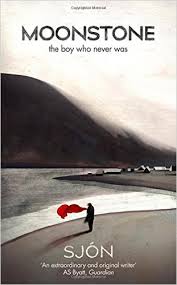 A must read for this epidemic is Sjon’s ‘
A must read for this epidemic is Sjon’s ‘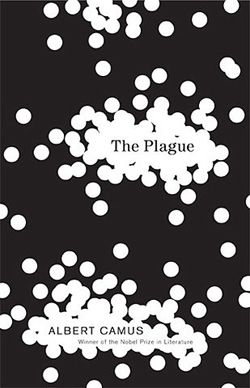 ‘The Plague’ naturally needs a mention on this list, partly because Camus is a far easier read than his philosophical reputation can suggest but also because this classic of isolation and contagion is simply begging for a mention. The title really says it all, an Algerian town is struck down by a plague and society struggles to cope. This is Camus, so it could also be an allegory about oppression, religion, French resistance to the Nazis and so on. Read it for yourself, under the extreme conditions of a non-fiction pandemic, to see how many other messages can be added to the list.
‘The Plague’ naturally needs a mention on this list, partly because Camus is a far easier read than his philosophical reputation can suggest but also because this classic of isolation and contagion is simply begging for a mention. The title really says it all, an Algerian town is struck down by a plague and society struggles to cope. This is Camus, so it could also be an allegory about oppression, religion, French resistance to the Nazis and so on. Read it for yourself, under the extreme conditions of a non-fiction pandemic, to see how many other messages can be added to the list.
